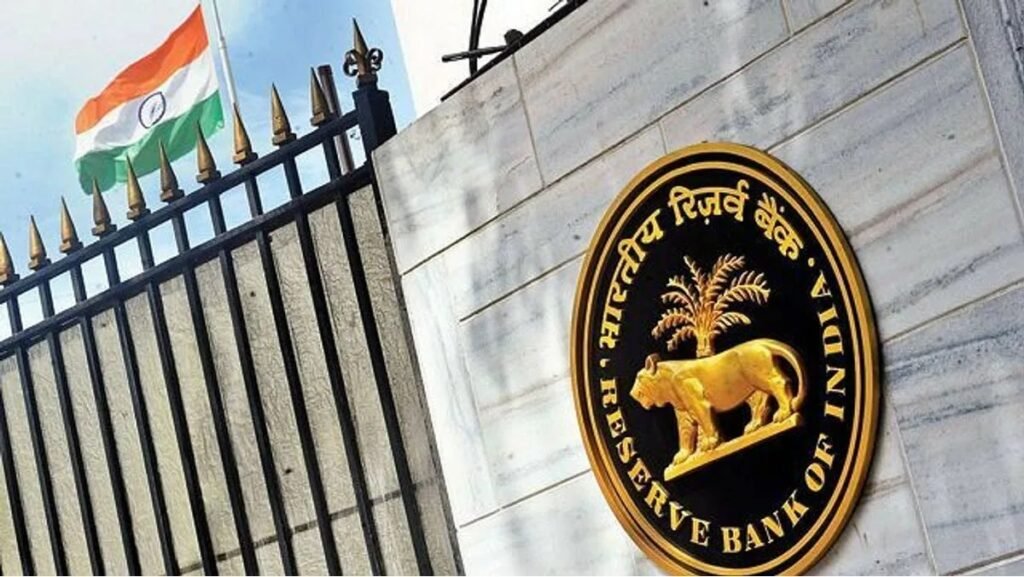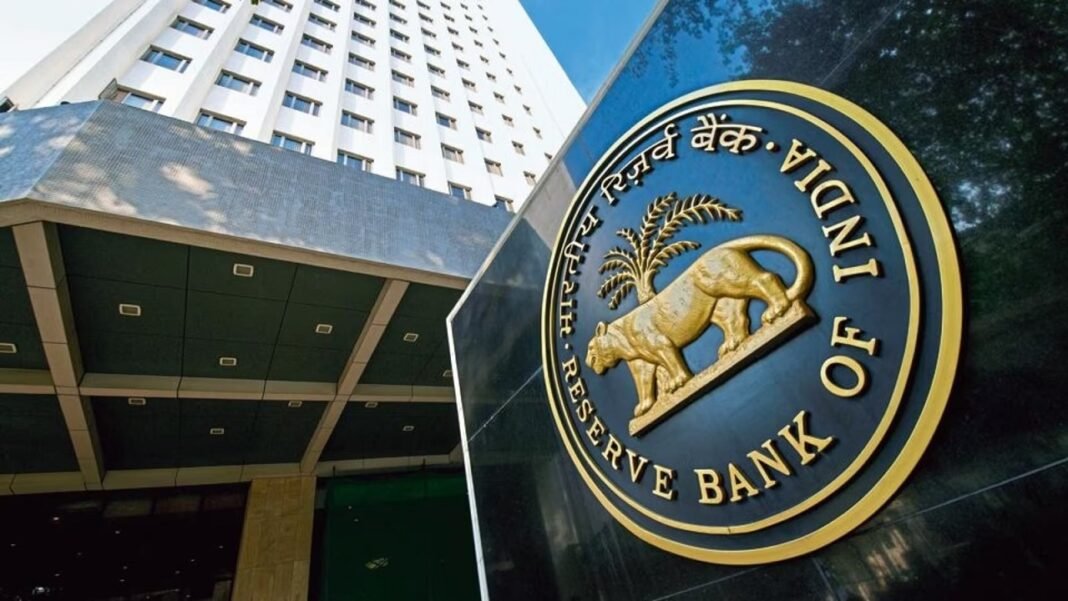Introduction – Repo Rate
In the case of inflation, monetary policy raises the repo rate to discourage banks from borrowing from the reserve bank. This finally decreases the currency flow in the market and hence assists in halting inflation.

In the case of a reduction in adverse economic conditions, the central bank adopts the opposite stance. The liquidity adjustment facilities offer repo and inverse repo rates.
The repo rate is the interest rate that the Reserve Bank of India loans cash to banks and financial institutions in the case of a funding shortage. Economic policymakers utilize the repo rate to limit inflation.
Commercial banks acquire credit from the reserve bank, which is reimbursed based on the repo rate prevailing in the event of a liquidity shortage. The central bank makes short-term credit in exchange for assets like treasury notes or government securities.
When there is a need to regulate prices and limit liabilities, it raises the repo rate. If it is necessary to inject additional funds into the economy to encourage economic development, the repo rate is reduced.
A hike in the repo rate requires the institutions to pay higher interest on capital borrowed from them; hence, a modification in the repo rate ultimately impacts market lending such as house loans, EMIs, and so on. The repo rate influences a wide range of economic and investment tools, from interest rates imposed by financial institutions on borrowing to savings returns.
The reverse repo rate is the rate at which the reserve bank lends to its commercial banks to lodge their surplus cash with them. The reverse repo rate is another monetary policy employed by the RBI to control the movement of cash into the market.
When the reserve bank has a shortage of funds, it obtains from the banking sector and gives them interest at the prevailing reverse repo rates. At any given moment, the RBI’s reverse repo rate is normally less than that of the repo rate.
The repo rate is used to manage money flows in the economy, whereas the repo rate is intended to control the economy’s liquidity. Whenever the economy is experiencing inflationary conditions, the RBI raises the reverse repo rate to attract corporate banks to place deposits in the central bank and gain profit. This, in turn, drains surplus funds from the market, reducing the availability of money for public borrowing.
RBI Monetary Policy
Monetary policy is a regulation developed by the Reserve Bank of India that governs the nation’s monetary affairs. The practice entails steps used to control the amount of cash in circulation, the accessibility of loans, and the value of the economy’s credit.
The policy also governs credit allocation amongst customers, as well as lending and borrowing interest rates. Monetary policy is important in promoting growth in economy in an emerging economy like India.
Although the primary goal of monetary policy is to promote the overall development of the economy, In addition to cost and exchange rate stabilization, it can also assist with some other issues.
- Encouragement of saving and investing
- Both import and export control
- Market cycle management
- Cumulative consumption management
- Generating employment
- Contributing to the growth of infrastructures
- Increasing credit allocation for critical sectors
- Governing and expanding the financial sector

